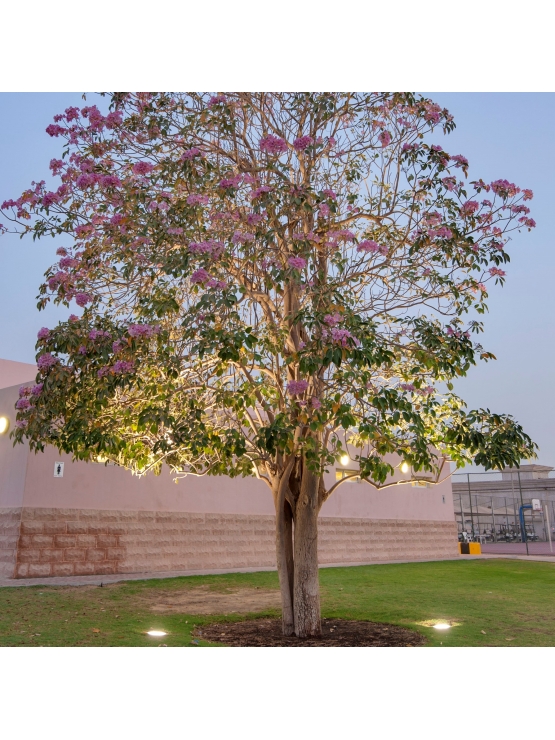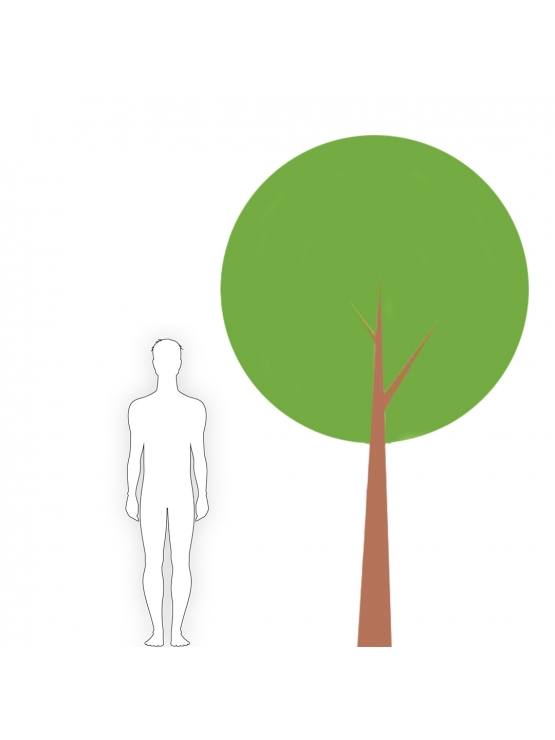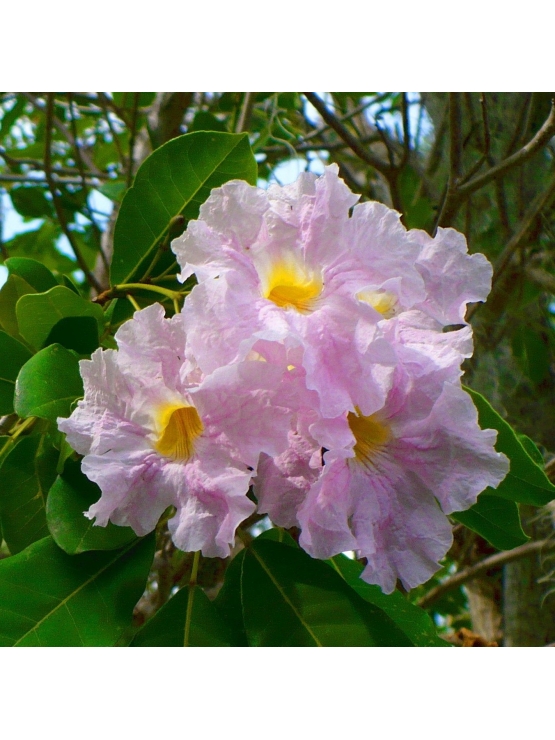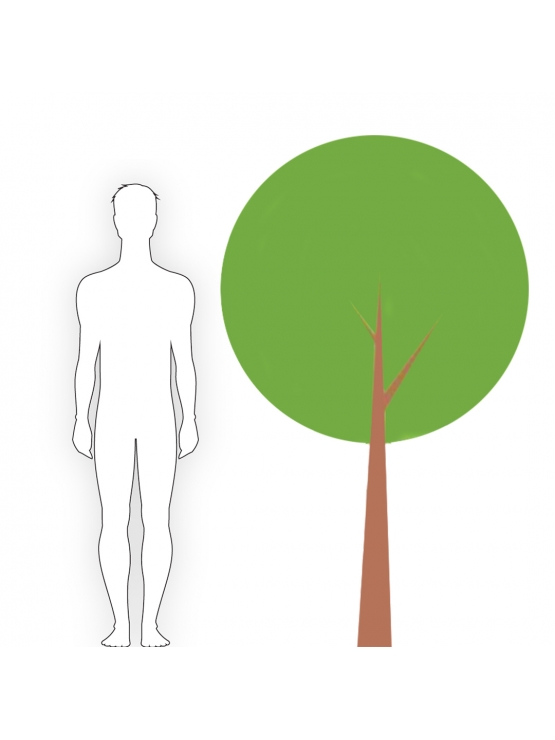PINK TABEBUIA (Tabebuia rosea)
PINK TABEBUIA (Tabebuia rosea)
- Brand: Biophilia Concept Shop
- Product Code: BPRB 10
- Availability: Out Of Stock
- Rs. 3,600.00
- Ex Tax: Rs. 3,600.00
Notes: It takes us 7-14 days to process and curate this order.
Tabebuia rosea, also called pink poui, and rosy trumpet tree is a neotropical tree that grows up to 30 m (98 ft) and can reach a diameter at breast height of up to 100 cm (3 ft). The Spanish name roble de sabana, meaning "savannah oak", is widely used in Costa Rica, probably because it often remains in heavily deforested areas and because of the resemblance of its wood to that of oak trees. It is the national tree of El Salvador, where it is called "Maquilíshuat".
The tree is short length, with irregular, stratified ramification and only few thick branches. The bark can be gray to brown, in varying darkness and may be vertically fissured. Leaves are compound, digitate and deciduous. Each leaf has five leaflets of variable size, the middle one being the largest. Flowering occurs mainly in January and February, and is generally associated with dry periods; although flowering has also been observed in August, September, April and May. Flowers are large, in various tones of pink to purple, and appear while the tree has none, or very few, leaves. Pollination occurs probably by insects, although the flowers are visited by many birds such as tanagers, hummingbirds and orioles. The long and slender fruit capsules can measure up to 35 cm (14 in) and appear from February through April. After the drying fruit dehisces, the anemochorous, hyaline-membrane-winged seeds are released. There are an average of 45,000 seeds per kg with up to 13% water content. Germination of seeds is extremely easy and efficient, reaching almost 100%. It is a fairly fast growing tree.
Care
| Sun | Full Sun |
| Soil | Grow in light (sandy), medium (loamy) and heavy (clay) soils and prefers well-drained soil |
| Water | Should water the plant regularly, several times a week during the dry weather |
| Fertilizer | Fertilization is not necessary for the health of the tree, but young trees will benefit from a light application of a 16-4-8 fertilizer, applied in the spring before the onset of new growth |
Tags: BPRB 10




